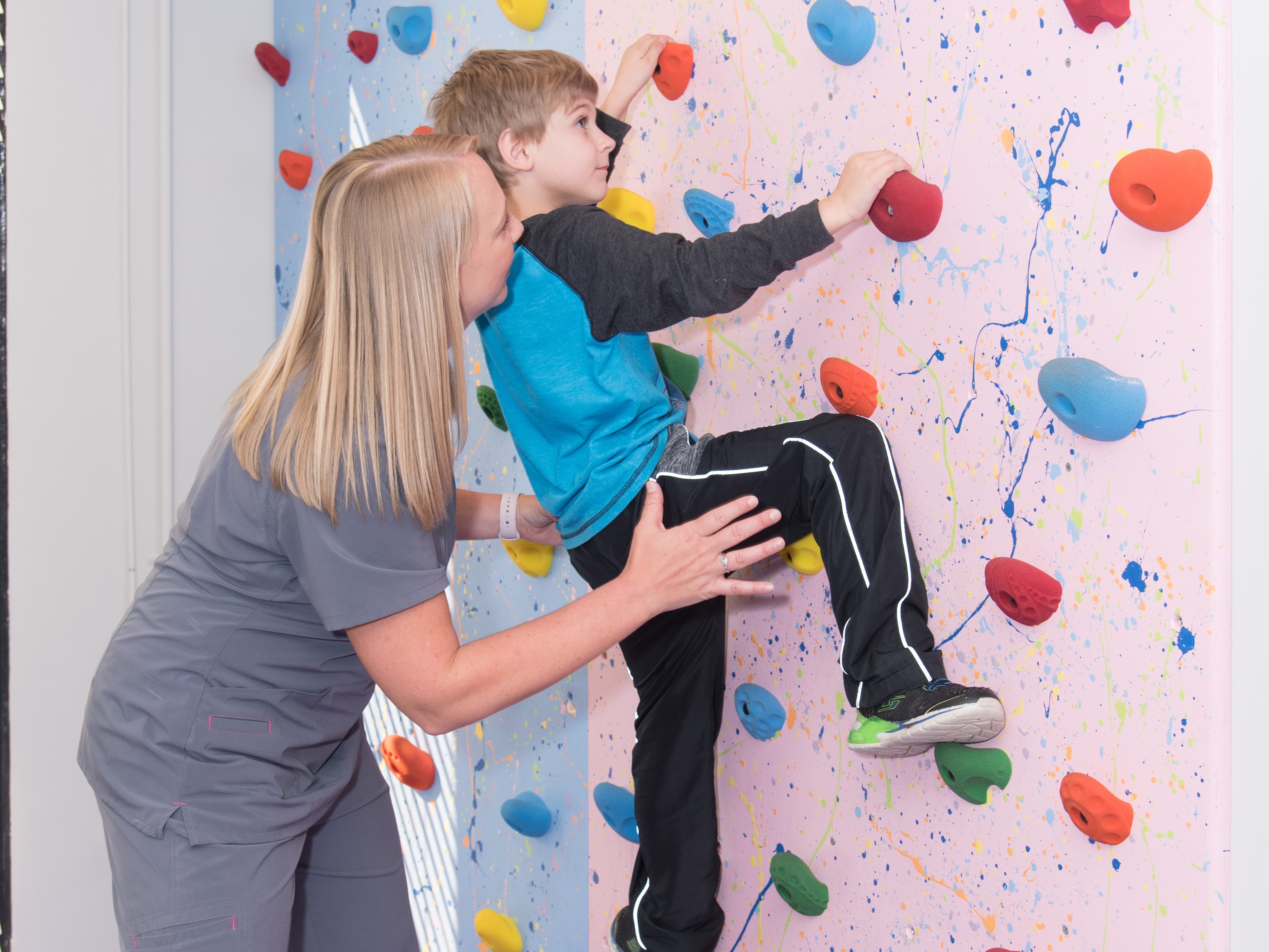What Are Gross Motor Skills?
Gross motor skills are the skills we use to move our arms, legs, and torso in a functional manner. Gross motor skills involve the large muscles of the body that enable such functions as walking, kicking, sitting upright, lifting, and throwing a ball. A person’s gross motor skills depend on both muscle tone and strength. Gross Motor skills are important for major body movement such as walking, maintaining balance, coordination, jumping, and reaching.
Copyright ©2016 all rights reserved
Powered by Tri-County Therapy



